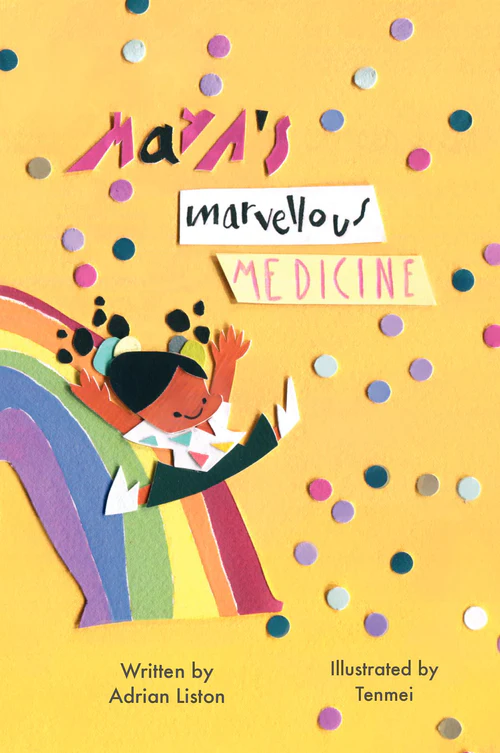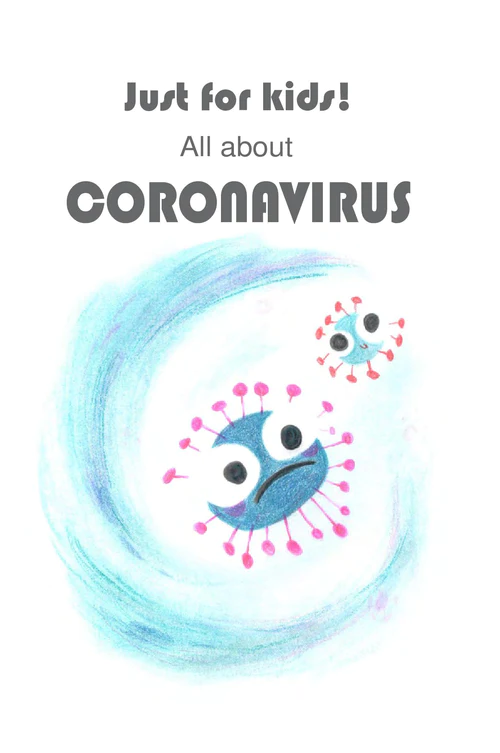Hints for potential students: Writing an introduction letter
 Thursday, January 26, 2012 at 2:39PM
Thursday, January 26, 2012 at 2:39PM I get about 200 emails a year from students requesting a PhD position in my laboratory. I pride myself in answering each one, but actually most deserve to be immediately trashed. This is a typical letter I will receive:
Dear Sir or Madam,
I am interest in a PhD position at your institute, the VIB. Please find attached my motivation letter, CV and a scan of every certificate I had ever received.
Regards.
Before we get to writing a good letter, let's start out by pointing out the worst mistakes of this letter.
1) "Sir or Madam" is terrible. It shows you didn't research me in the slightest before sending your email. "Professor Liston" or "Dr Liston" is fine, actually "Adrian" is fine for me but I would advise against it in first emails, "Dr Adrian" is weird and makes me feel like a talk-show host.
2) English. Okay, it is not your first language, and you don't need perfect English to be a scientist. But it does demonstrate carelessness that you didn't bother to get your introductory letter right. If you are this sloppy on first impression, how careless would you be in the lab? Get a native English reader to proof read your letter before you send it or use an AI program to clean it up.
3) As if I didn't have enough proof already that this was a bulk email sent out to thousands of scientists, the way "the VIB" is in another font clearly shows cut and paste at work. Anyway, it is a redundant thing to write, I know where I am based, and if you are looking at institutes rather than labs you already have your priorities wrong.
4) The attachments. *sigh*. Don't attach your letter of introduction, put that in your email. Attaching a CV is fine, but that is it, don't annoy me with a lot of extra attachments that mean nothing. One single pdf, nothing more.
So how do you write a good introduction letter? There are a few simple rules:
1) Research the laboratory and the PI beforehand. You need to know who I am and what I do. Yes, this takes a lot more time than having a standard letter that you send to every email address you can find, but it is much more effective.
2) Specify why you are interested in my lab. Not why you are interested in doing a PhD, but specifically why you want to do a PhD in my lab. It is best if this connects your previous experience with the research of the laboratory. For example, when I wrote to my future PhD supervisor (Chris Goodnow) I said I was very interested in working on the issue of genetic variation in T cell tolerance due to my Honours research indicating that the SJL mouse had a defect in tolerance. As he had just published a paper in JEM on defective negative selection in the NOD mouse, could I discuss a PhD project with him? It is only two sentences but it indicates that I know his research, I have relevant experience and I have a specific scientific interest in his laboratory.
3) Don't be aggressive or sycophantic. It is a polite letter of interest, not a last ditch effort to get overseas. Even if it is a last ditch effort to leave your country, don't let that show.
4) Be brief. One or two short paragraphs should be plenty to establish first contact. A good first letter leads to follow-up letters, so there is no need to put everything in there.
5) Have a single attachment, just a pdf of your CV. Like the introduction letter, this should be brief. Keep personal details to a minimum, your age and nationality is useful (for assessing scholarship eligibility) but I really don't need to know your marital status, the names of your children or your blood group. Keep your qualifications and awards to the important stuff - no driver's licence or half-day radiation safety course, just your degrees, marks and the important awards that show real achievement. Don't add copies of these awards. Mostly what I am looking for are your publications, a first-author paper in an international journal tends to be my minimum cut-off for seriously considering a cold call. Language skills are useful, and if you want to have a few sentences on extracurricular activities that is fine (although I only tend to be impressed at volunteer work). 2-3 pages really should be plenty, with no English errors and nice clean formatting.
Last week I got back a letter from a PhD applicant I had rejected and sent this advice to. He told me that he had sent out hundreds of letters with no reply, but after taking my advice he made carefully written three letters to the labs he was most interested in and within a month he had got back two offers to start a PhD in Germany.
 science careers
science careers 




